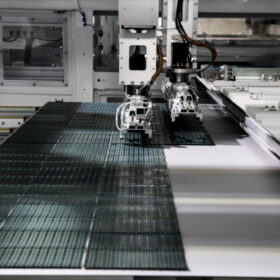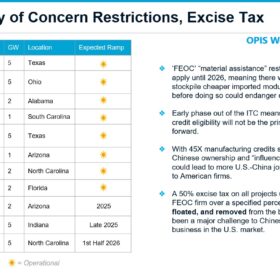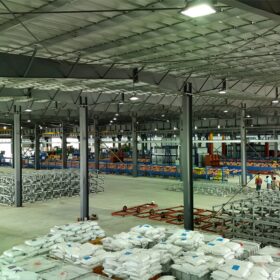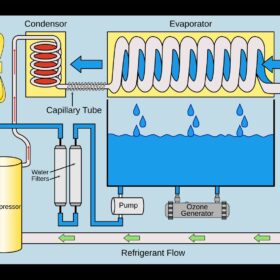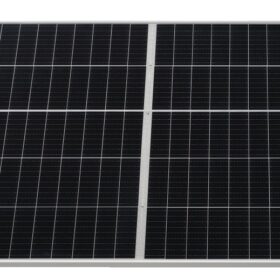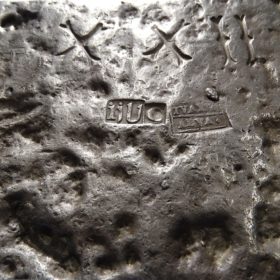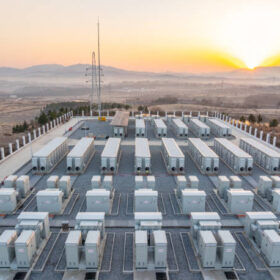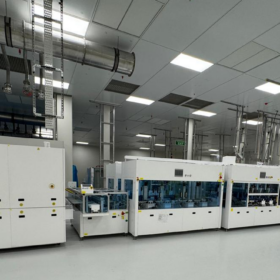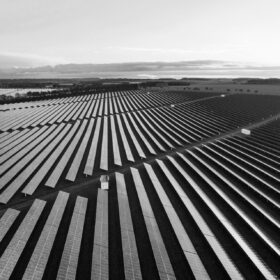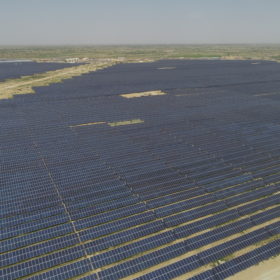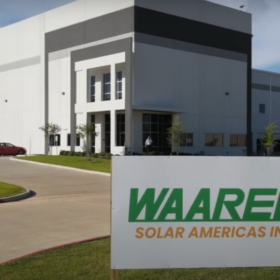Vikram Solar recognized as top performer in Kiwa PVEL’s PQP for the eighth time
Vikram Solar’s Hypersol M10 Series and Hypersol G12R Series PV modules have been recognized as Top Performer in Kiwa PVEL’s Module Reliability Scorecard 2025.
Bringing back-contact to the foreground
Solar manufacturers are pursuing the next-generation crystalline silicon (c-Si) PV cell technology. Back-contact (xBC) technologies including TOPCon back-contact (TBC), HJT back-contact (HBC), and HJT TOPCon back-contact (HTBC) have emerged as leading candidates, attracting attention for their superior conversion efficiency and aesthetic module designs.
Dhruva Space to supply Space-grade solar panels for Pixxel’s hyperspectral imaging satellites
Dhruva Space will supply its made-in-India Solis+ space-grade solar panels for Pixxel’s next fleet of hyperspectral satellites. Built with high-efficiency (up to 30%) triple-junction GaAs solar cells, the panels are designed to operate reliably in the extreme conditions of Space.
US solar panel price from India stable at $0.288/W
In a new weekly update for pv magazine, OPIS, a Dow Jones company, provides a quick look at the main price trends in the global PV industry.
H&H Aluminium inaugurates solar panel frame manufacturing facility in Rajkot
Gujarat-based H&H Aluminium Pvt Ltd has inaugurated a state-of-the-art aluminium solar panel frame manufacturing facility in Chibhda village, Rajkot, with a production capacity of 24,000 metric tons per annum.
Photovoltaics for atmospheric water harvesting
A scientist in Turkey has simulated eight PV-supported hybrid atmospheric water harvesting systems and compared their performances. They were all considered to operate with R1233zd(E), R1234yf, and R600a, as well as R32 refrigerants. The required PV system size was as low as 20 m2.
Risen Energy hits 740 W average for mass-produced HJT solar module
Risen Energy says it has achieved an average power output of 740 W for its mass-produced heterojunction (HJT) solar module, with certified cell efficiency of 26.61% and module efficiency of 24.81%, according to China’s Fujian Metrology Institute. Encapsulation losses were limited to 1.8%.
The impact of module pricing on solar project viability: Trends and predictions
India’s solar sector faces rising module costs due to recent developments, including the imposition of anti-dumping duties on solar glass and China’s reduction in export rebates on solar modules, impacting project viability. These shifts underline the delicate balance between promoting local manufacturing, pursuing geopolitical strategies, and navigating the economic realities of global trade.
Hindustan Zinc’s silver segment set to drive profit growth on robust PV-led demand: YES Securities
Hindustan Zinc Ltd’s silver segment has emerged as a key earnings pillar with global silver supply under pressure and rising industrial demand—particularly from photovoltaic (PV) cell manufacturing.
VGF incentive cut may raise BESS tariffs by 10%, but impact likely temporary: SBICAPS
A new report by SBICAPS anticipates that the incentive cut under the second phase of the viability gap funding (VGF) scheme for standalone battery energy storage systems (BESS) could lead to a tariff increase of around 10%. However, it adds, this increase is manageable and could be absorbed in the coming months as capex costs continue to decline.

